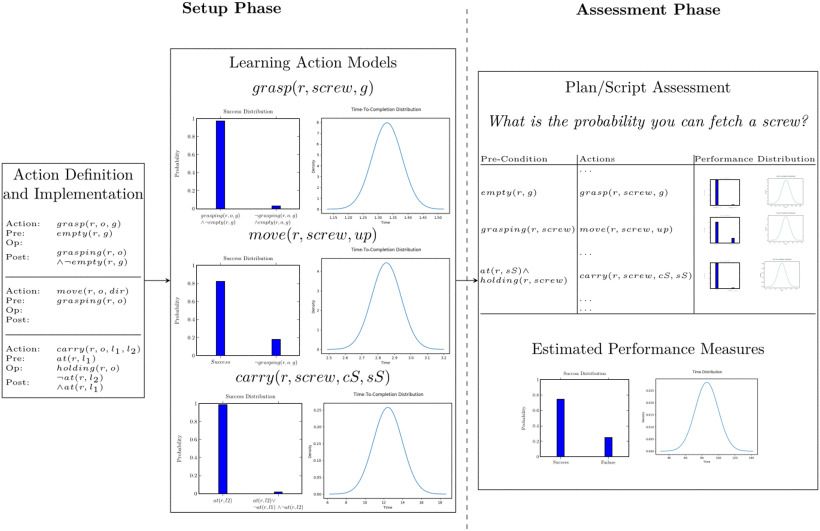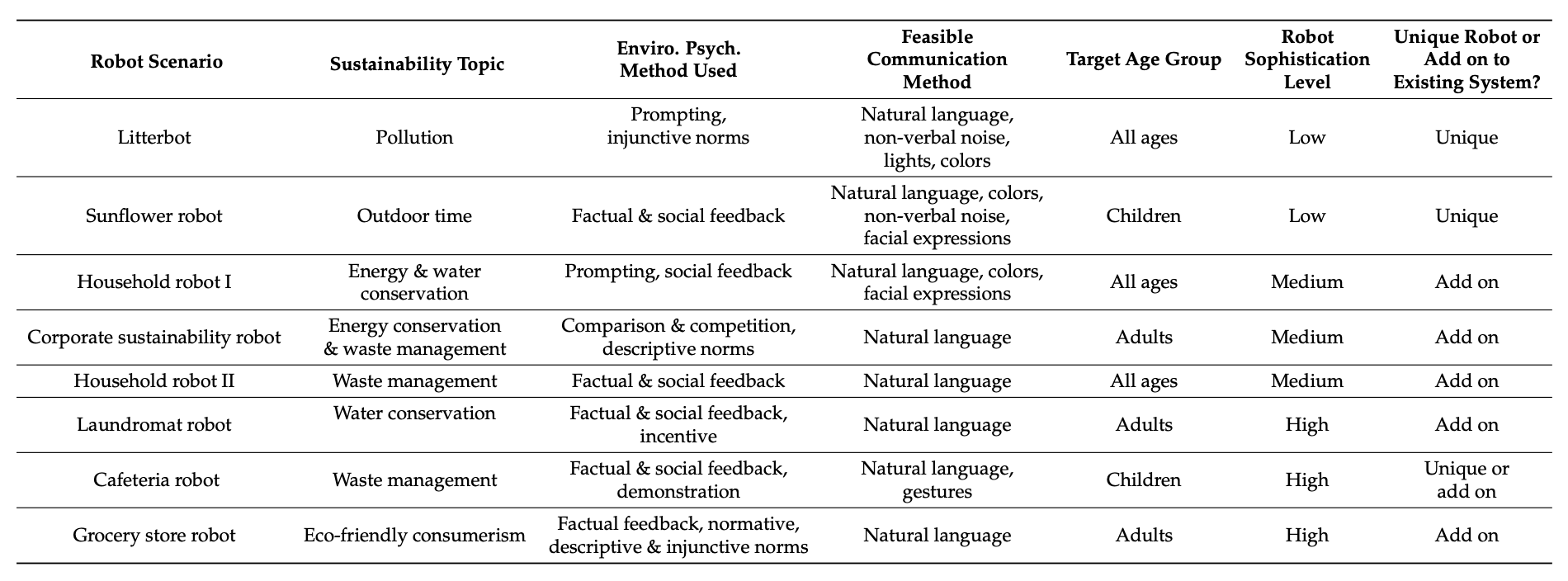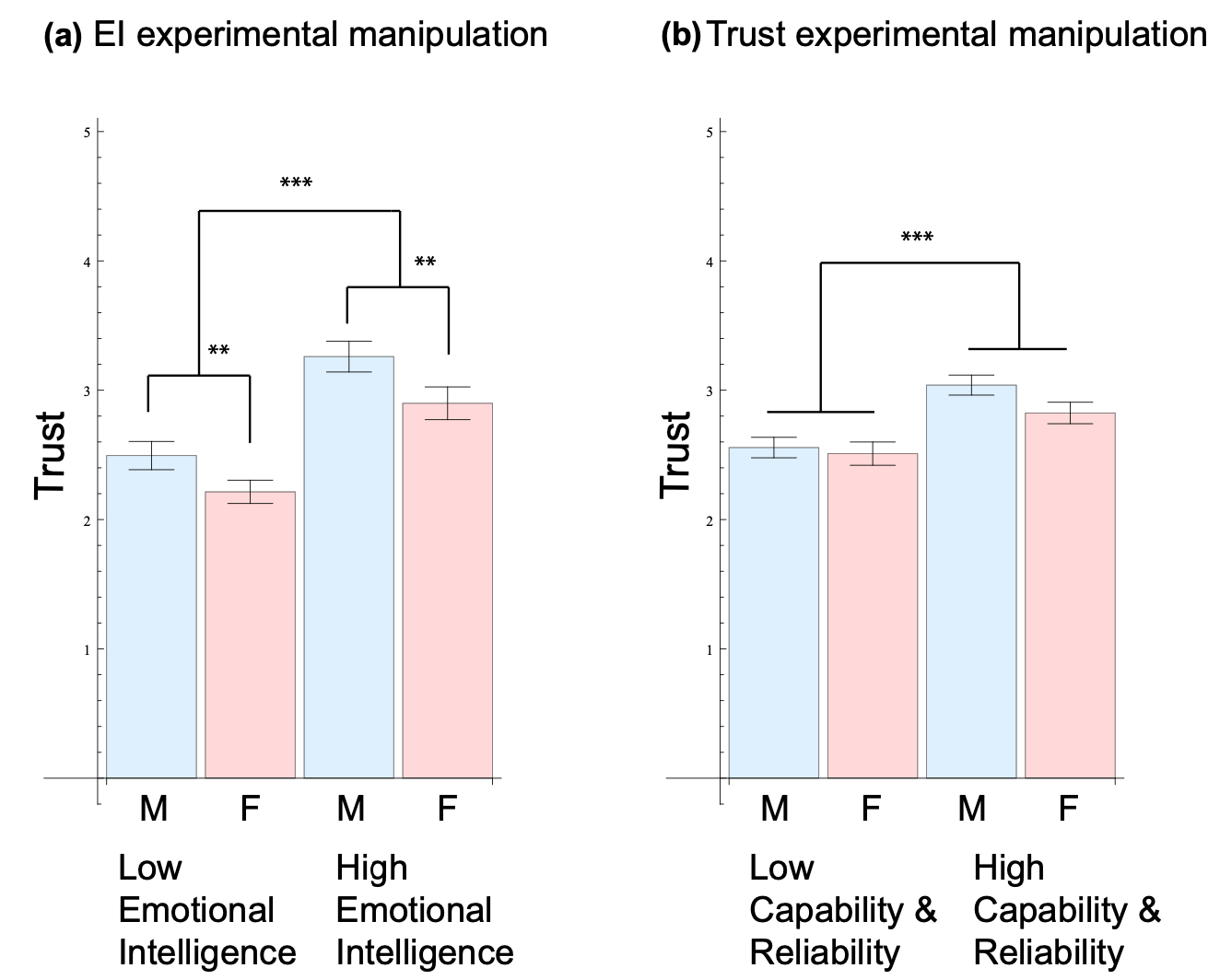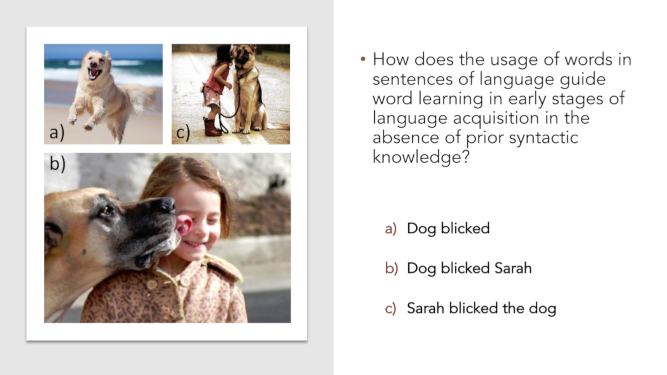Spoken language interaction with robots: Recommendations for future research (2021)
Marge, Matthew and Espy-Wilson, Carol and Ward, Nigel G. and Alwan, Abeer and Artzi, Yoav and Bansal, Mohit and Blankenship, Gil and Chai, Joyce and Daumé, Hal and Dey, Debadeepta and Harper, Mary and Howard, Thomas and Kennington, Casey and Kruijff-Korbayová, Ivana and Manocha, Dinesh and Matuszek, Cynthia and Mead, Ross and Mooney, Raymond and Moore, Roger K. and Ostendorf, Mari and Pon-Barry, Heather and Rudnicky, Alexander I. and Scheutz, Mattias and St. Aman, Robert and Sun,
Tong and Tellex, Stefanie and Traum, David and Yu, Zhou
With robotics rapidly advancing, more effective human–robot interaction is increasingly needed to realize the full potential of robots for society. While spoken language must be part of the solution, our ability to provide spoken language interaction capabilities is still very limited. In this article, based on the report of an…















